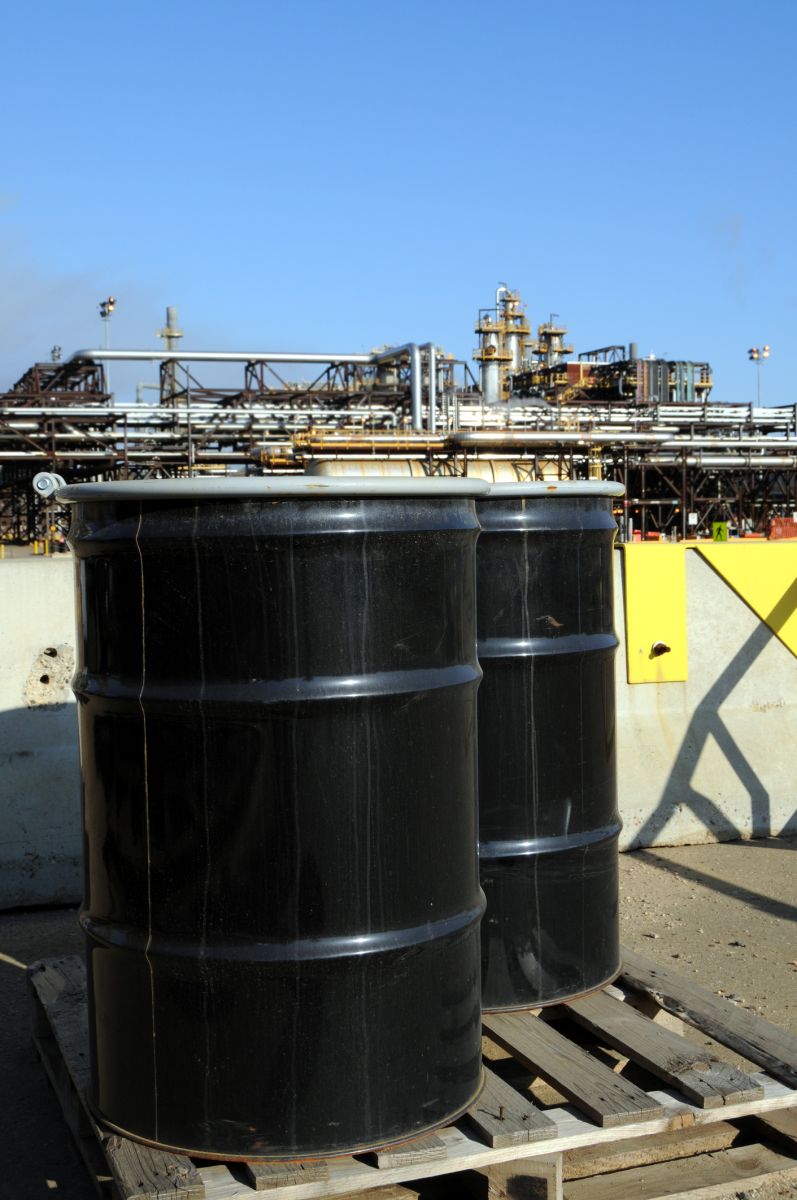
September WTI crude oil (CLU25) on Thursday closed up +0.78 (+1.20%), and September RBOB gasoline (RBU25) closed down -0.0127 (-0.61%).
Crude oil and gasoline prices on Thursday settled mixed. Crude oil found support on signs of progress in trade talks, which could support economic growth and energy demand. Also, Thursday's rally in the S&P 500 to a new record high shows confidence in the economic outlook that is bullish for energy demand and oil prices. Thursday's dollar strength and mixed US economic reports limited gains in crude prices.
Signs of progress in US trade deals are boosting crude prices. On Wednesday, the US and Japan agreed to a trade deal, and Bloomberg reported that the US and European Union were close to a trade deal.
Thursday's US economic news was mixed for energy demand and crude prices. On the positive side, weekly initial unemployment claims unexpectedly fell -4,000 to a 3-month low of 217,000, showing a stronger labor market than expectations of an increase to 226,000. Conversely, the July S&P US manufacturing PMI fell -3.4 to a 7-month low of 49.5, weaker than expectations of 52.7.
Weakness in the crude crack spread is bearish for crude prices. The crack spread fell to a 2.5-week low Thursday, which discourages refiners from purchasing crude and refining it into gasoline and distillates.
Oil prices have been undercut by expectations for Iraq to boost crude exports from its northern Kurdish region through the Iraq-Turkey pipeline, where oil exports have been halted since March 2023. The Iraqi government approved a plan for the semi-autonomous Kurdish region to resume oil exports. Kurdistan expects to supply Iraq's crude market with 230,000 bpd of crude once exports resume. Iraq is the second-largest oil producer in OPEC.
Crude prices have underlying support from last Friday, when the European Union approved fresh sanctions on Russian oil due to its aggression against Ukraine. The sanctions package includes cutting off 20 more Russian banks from the international payments system SWIFT, as well as restrictions imposed on Russian petroleum refined in other countries. A large oil refinery in India, part-owned by Russia's Rosneft PJSC, was also blacklisted. Additionally, 105 more ships in Russia's shadow fleet were sanctioned, pushing the number of sanctioned ships above 400.
Concern about a global oil glut is negative for crude prices. On July 5, OPEC+ agreed to raise its crude production by 548,000 barrels per day (bpd) beginning August 1, exceeding expectations of a 411,000 bpd increase. Saudi Arabia also stated that additional similar-sized increases in crude output could follow, which is viewed as a strategy to reduce oil prices and penalize overproducing OPEC+ members, such as Kazakhstan and Iraq. OPEC+ is boosting output to reverse the 2-year-long production cut, gradually restoring a total of 2.2 million bpd of production by September 2026. On May 31, OPEC+ agreed to a 411,000 bpd increase in crude production for July, following the same 411,000 bpd hike for June. June crude production rose +360,000 bpd to a 1.5-year high of 28.10 million bpd.
In a supportive factor for oil prices, Bloomberg reported on July 10 that OPEC+ is discussing a pause in further production increases from October, following its next monthly hike in September of 548,000 barrels. OPEC+ may be concerned about a slowdown in global oil demand in the second half of this year that could lead to a supply glut if the group keeps boosting production. The International Energy Agency said inventories have been accumulating at a rate of 1 million bpd and that the global crude oil market faces a surplus by Q4-2025 equivalent to 1.5% of global crude consumption.
A decrease in crude oil held worldwide on tankers is bullish for oil prices. Vortexa reported Monday that crude oil stored on tankers that have been stationary for at least seven days fell by -14% w/w to 66.31 million bbl in the week ended July 18.
Wednesday's weekly EIA report showed that (1) US crude oil inventories as of July 18 were -8.6% below the seasonal 5-year average, (2) gasoline inventories were +0.2% above the seasonal 5-year average, and (3) distillate inventories were -18.5% below the 5-year seasonal average. US crude oil production in the week ending July 18 fell -0.8% w/w to 13.273 million bpd, modestly below the record high of 13.631 million bpd posted in the week of 12/6/2024.
Baker Hughes reported last Friday that the number of active US oil rigs in the week ending July 18 decreased by -2 rigs to a new 3.75-year low of 422 rigs. Over the past 2.5 years, the number of US oil rigs has fallen sharply from the 5.25-year high of 627 rigs reported in December 2022.







